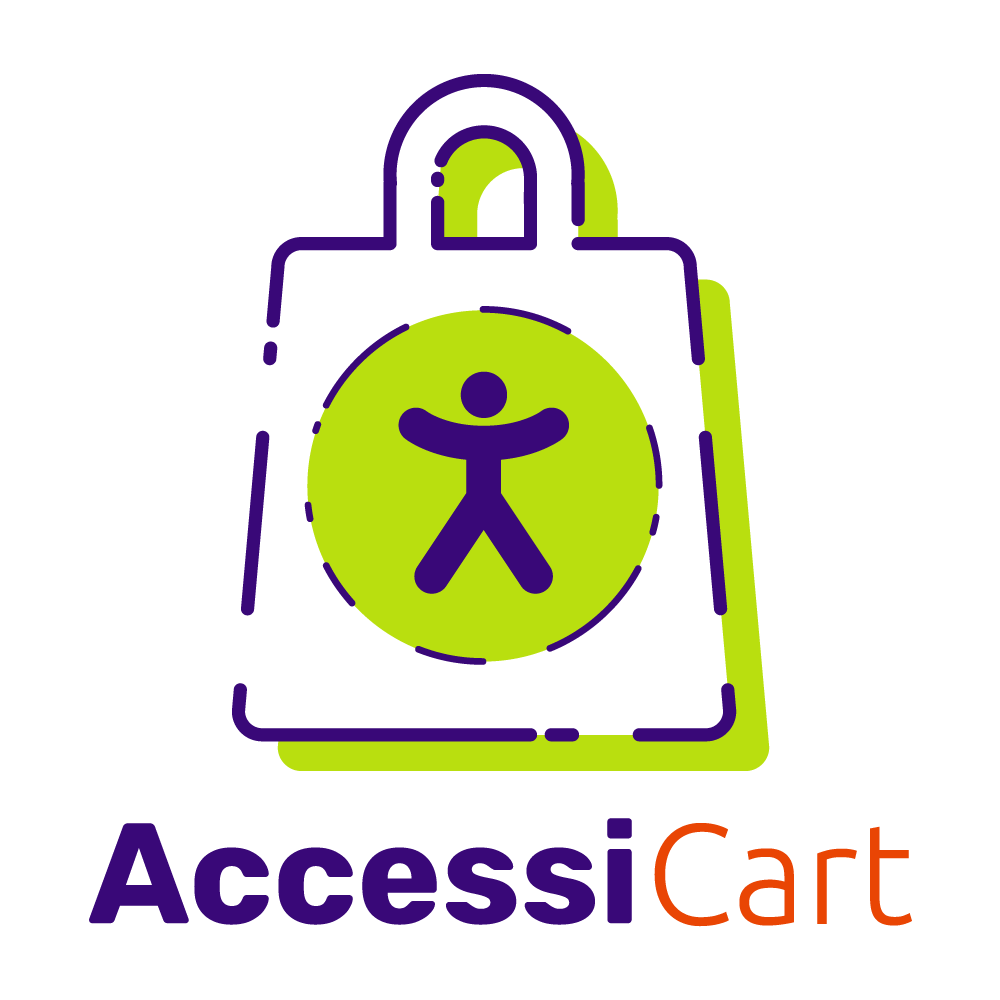When first starting to consider website accessibility, many people are thinking about accessibility costs. But making your site accessible brings benefits to the business or organization too. Accessibility can be an investment in your brand.
We like to feel good about the brands that we associate with. Experts call people who are conscious of this “belief-driven buyers”. We want to buy from the local shops that invest in the community, and we turn away from brands that we discover are using sweatshops. Dan Edelman, a researcher in this area estimates that nearly two-thirds (64 percent) of consumers around the world will either buy or boycott a brand solely because of its position on a social or political issue.
Non-Accessible Websites Impact Your Business
Making a business website accessible, and not hesitating to make that known, broadcasts that company’s values about inclusion and making a positive difference in the world, and that can be a significant investment in promoting your brand.
This is not only attractive to people with disabilities. When I have a family member, or a friend or other loved one who is affected by a disability, I pay attention to whether they are included or excluded. I want to be a part of making the world a more welcoming place for them, but more importantly, I care about their human dignity and their being able to live independently. When I have a choice between a company that supports the independence of my blind friend, versus one that doesn’t, all things being equal, I choose the brand that values my friend.
Inaccessible websites are losing money
Currently 98% of all websites fail to meet accessible guidelines. And it’s estimated that inaccessible sites are losing $6.9 billon per year to their competitors that are accessible. That doesn’t include any lawsuits to which inaccessible sites may be vulnerable.
What do you mean a website is inaccessible?
A while back, I invited a blind contractor to work with us on a project, and ask her to schedule a time using my online scheduling link. She had to let me know that she was unable to use it because it was not accessible. I was embarrassed and annoyed. I contacted the platform and learned that they had already received this concern and had in development accessibility accommodations. Within a couple of months, that scheduling platform was made accessible. But if they had not responded – if essentially they required a blind person to get assistance from a family member to schedule anything on their platform, or to revert to emailing back & forth with me – I would’ve found another scheduling solution.
When you invest in your brand by making your site accessible, you definitely want to make that KNOWN! Primarily, this happens through adding an accessibility policy to your website. It doesn’t have to be large or front & center. Ours is a link in the footer of this site to a page for our Accessibility Statement. You can find other examples online, just google for “website accessibility statement”.
I’ll let you read our policy specifically, but generally, accessibility policies have three parts:
- A statement that says something like: “we want everybody to enjoy this website”
- Some commitment to WCAG, or at least an acknowledgment that you have tried to make the site accessible for people with disabilities
- An acknowledgment that keeping a website accessible is an ongoing work, and users may encounter problems, and inviting them to contact you about any accessibility issues.
Making your website accessible is the right thing to do, but it makes business sense too! Let it be an investment in your brand that is trying to make the world a better place.

Our Accessibility Maintenance Plans help you remove barriers for people with disabilities and meet legal requirements with confidence.